

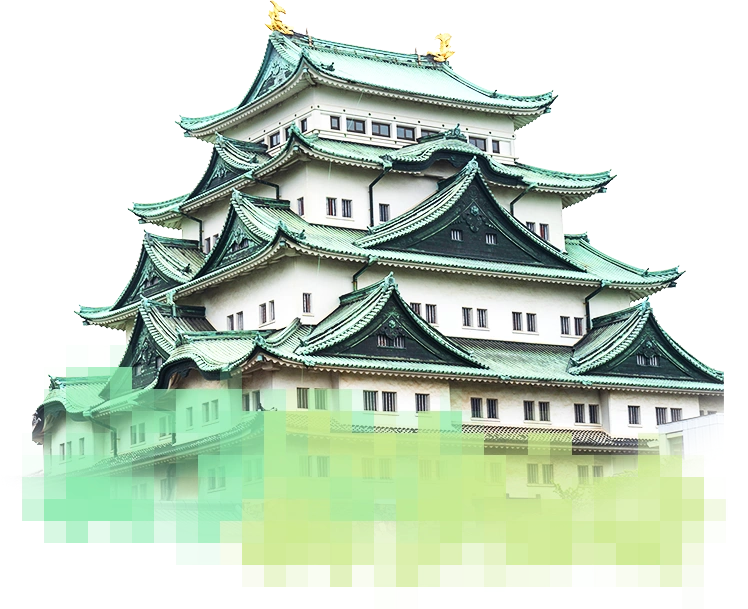

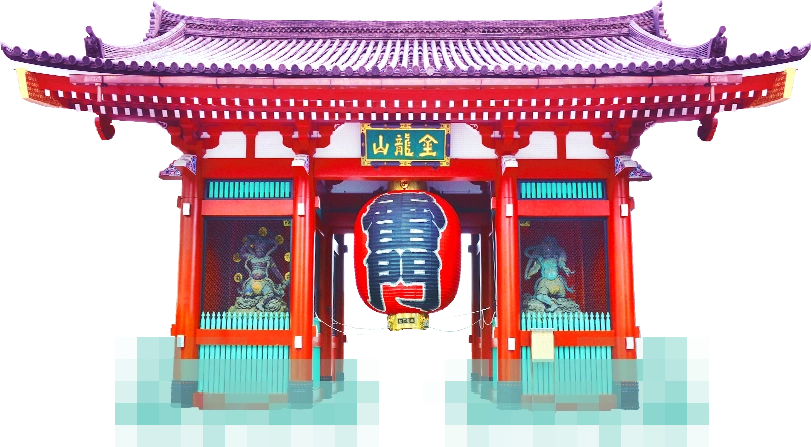










Shinkansen
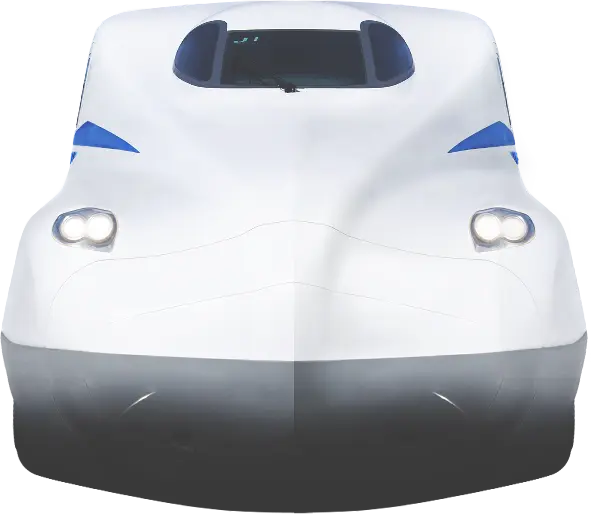













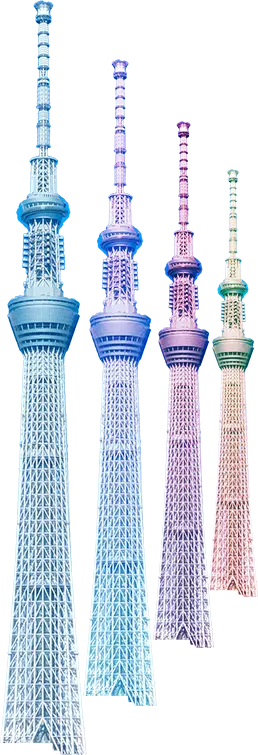












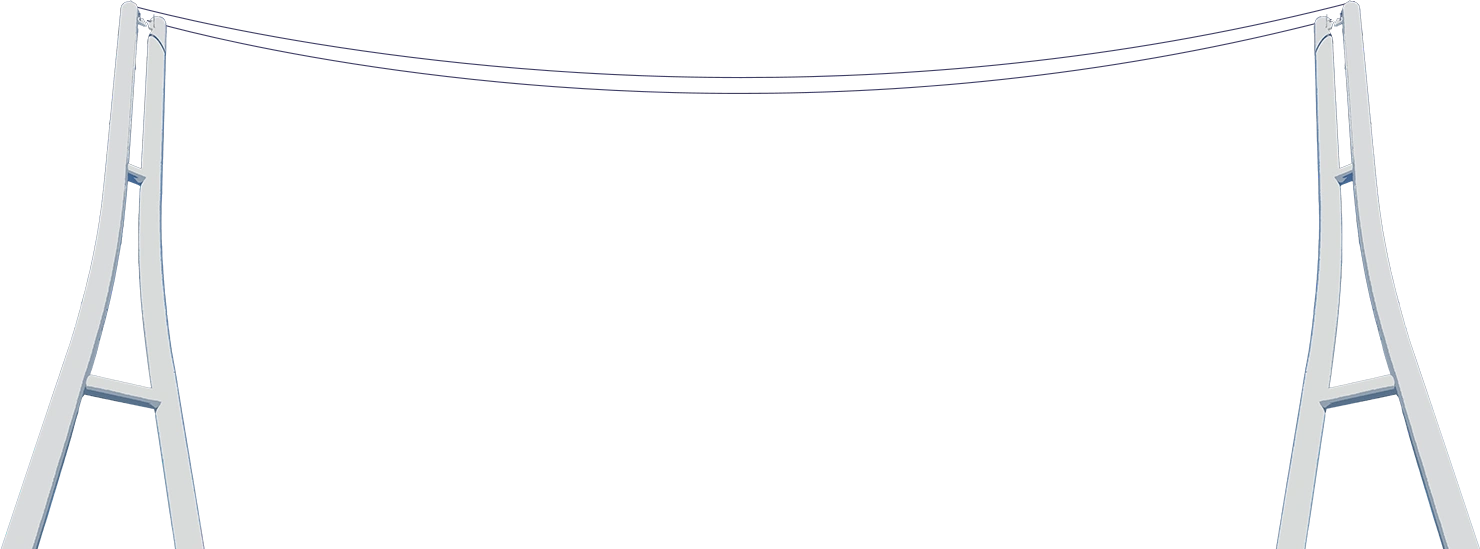




















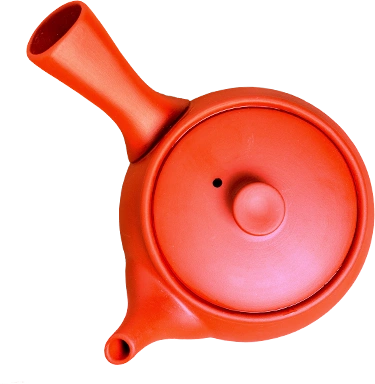


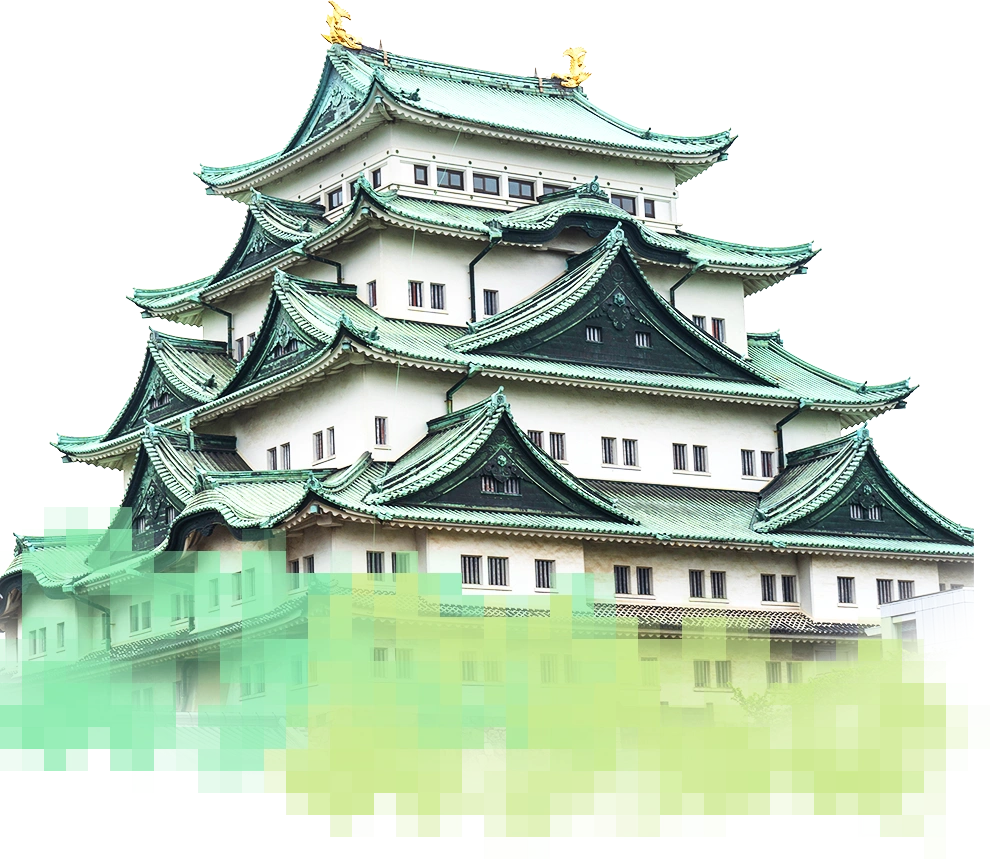
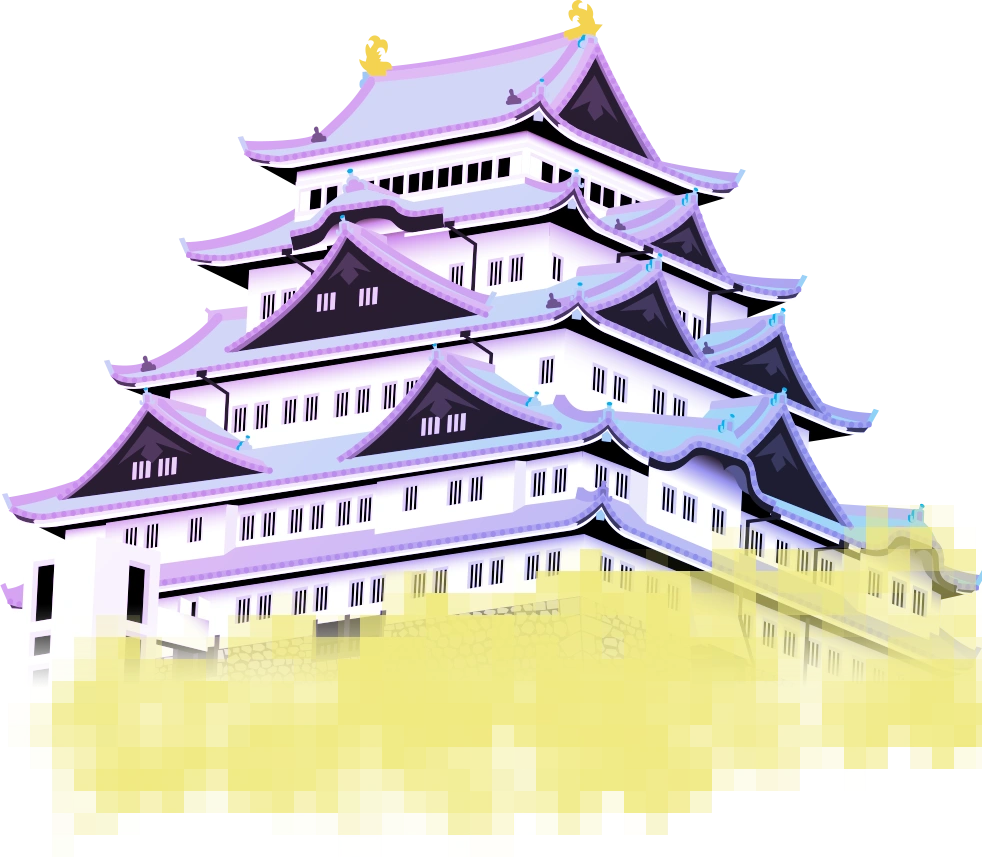





















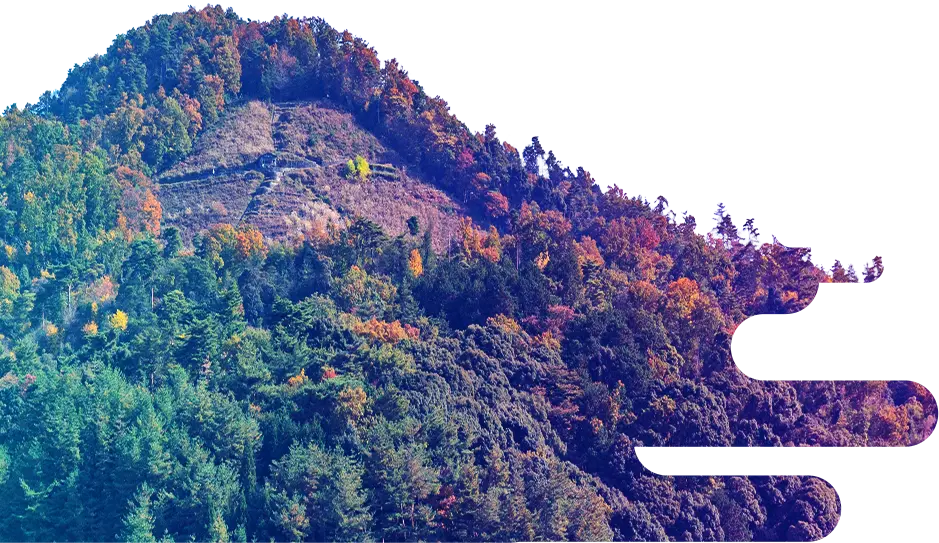
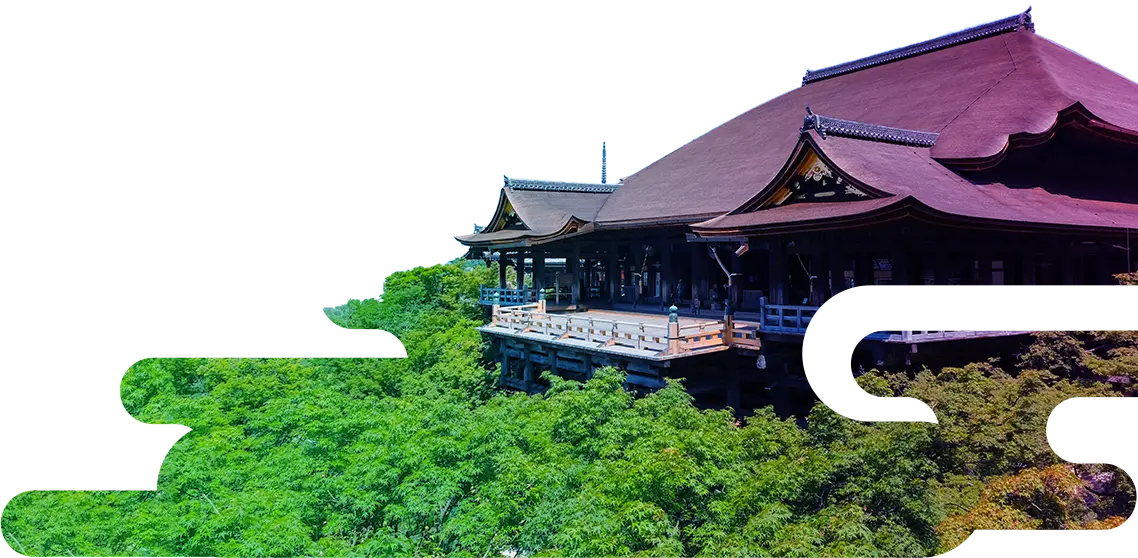










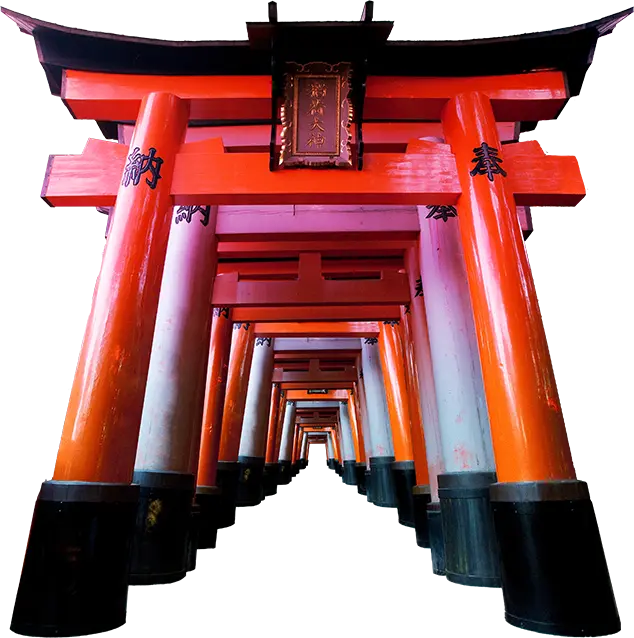
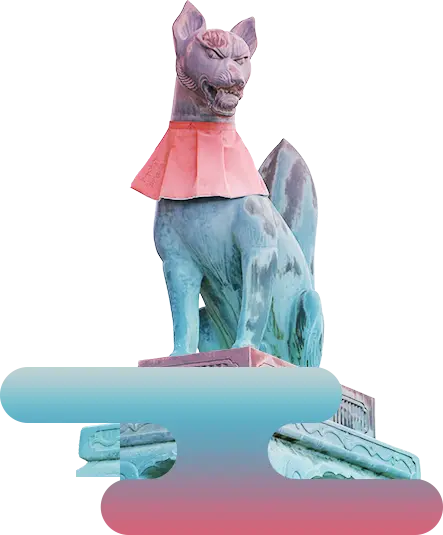













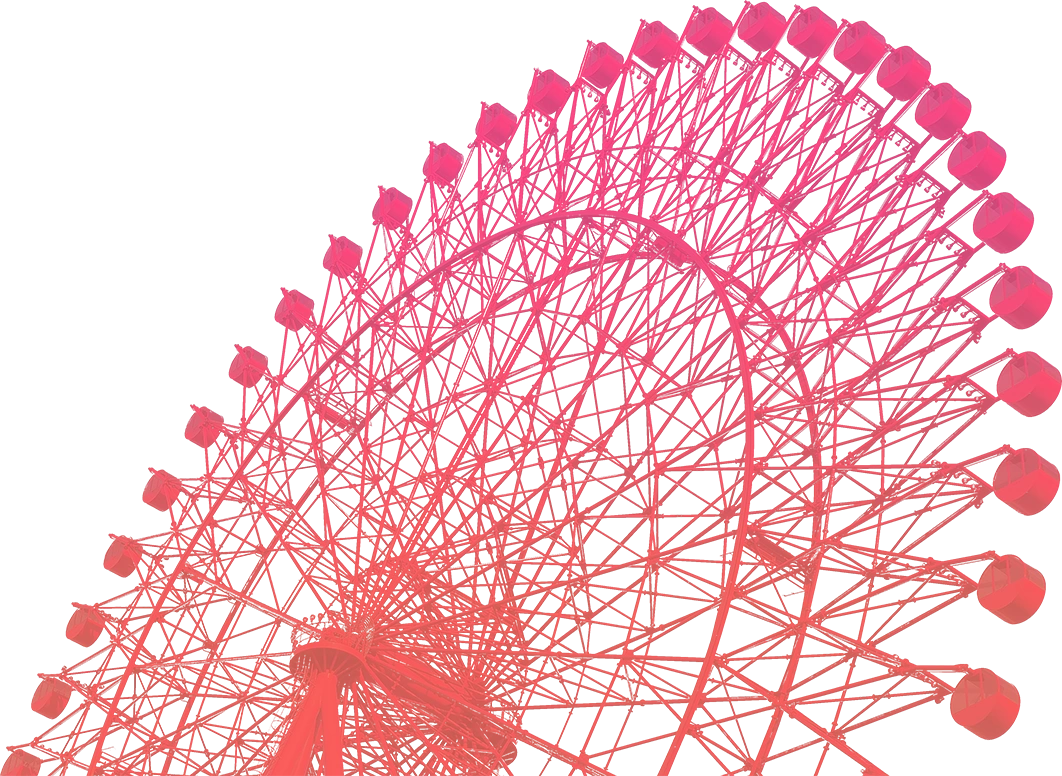









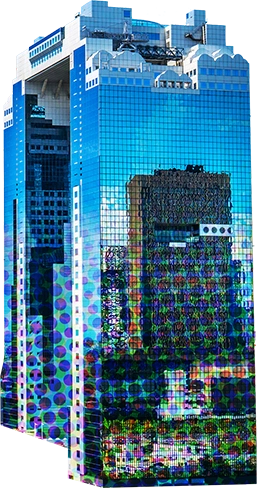
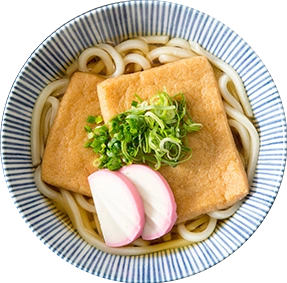














































































































































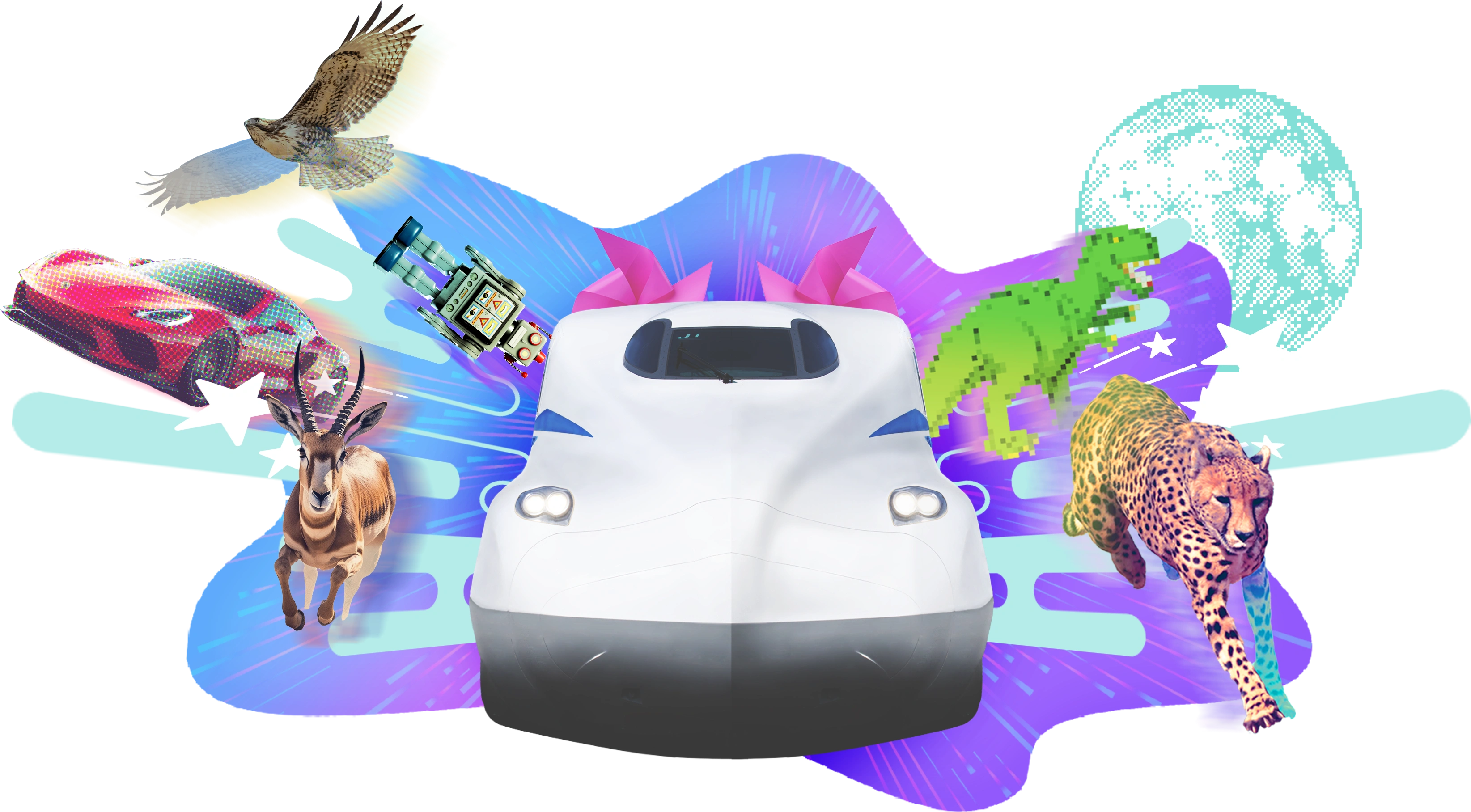
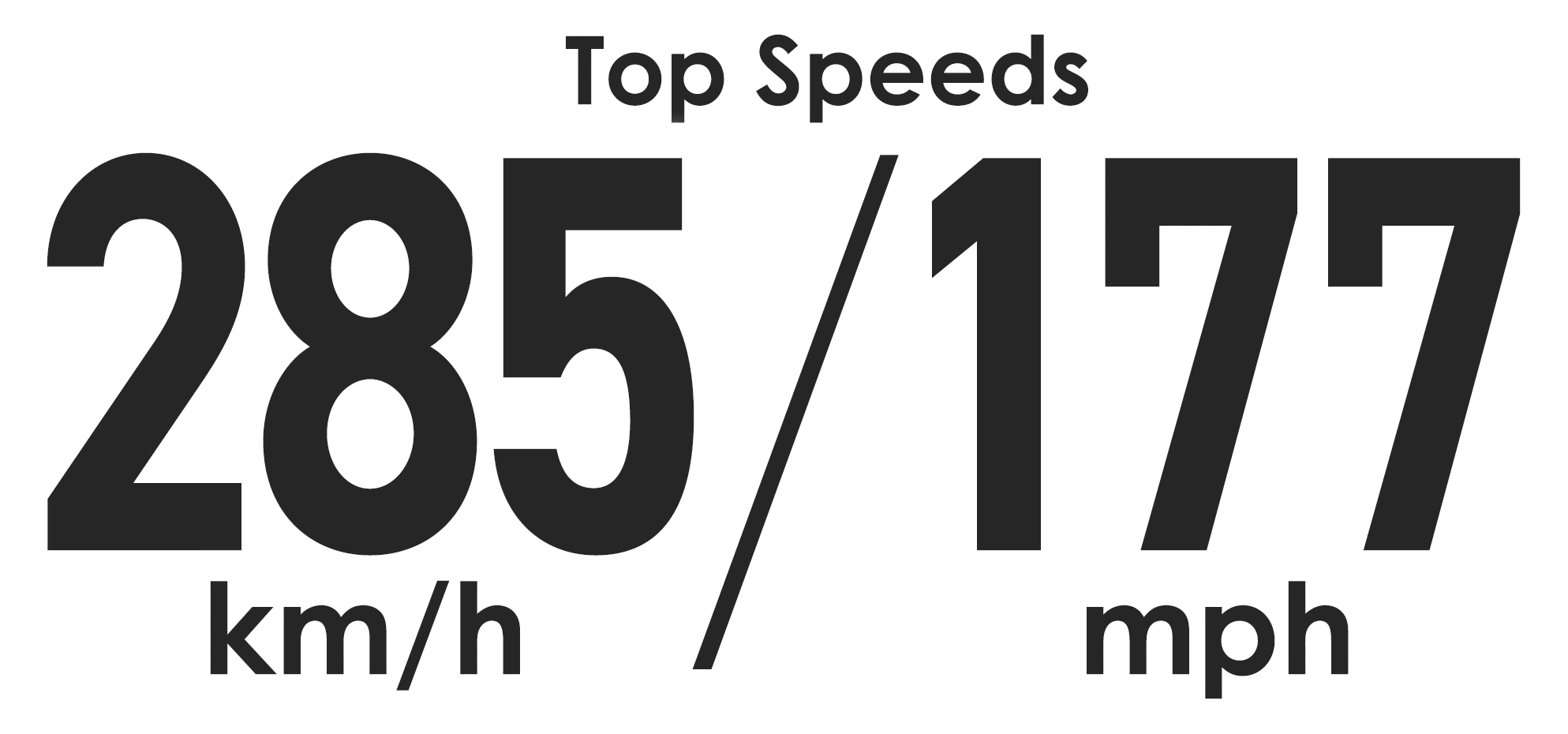
The Shinkansen travels at up to speeds of 177 miles per hour. If you were to take the Shinkansen straight from New York to Los Angeles, you could be there in just 14 hours!
The shinkansen is FAST! 177-miles-per-hour fast to be exact. Engineers achieved this speed through a combination of several ingenious solutions: an aerodynamic design for the train fuselage, a track that cuts through Japan's famously mountainous terrain with minimal curves and a state of the art Automatic Train Control system that keeps trains running at their maximum safe speed for every segment of the journey.

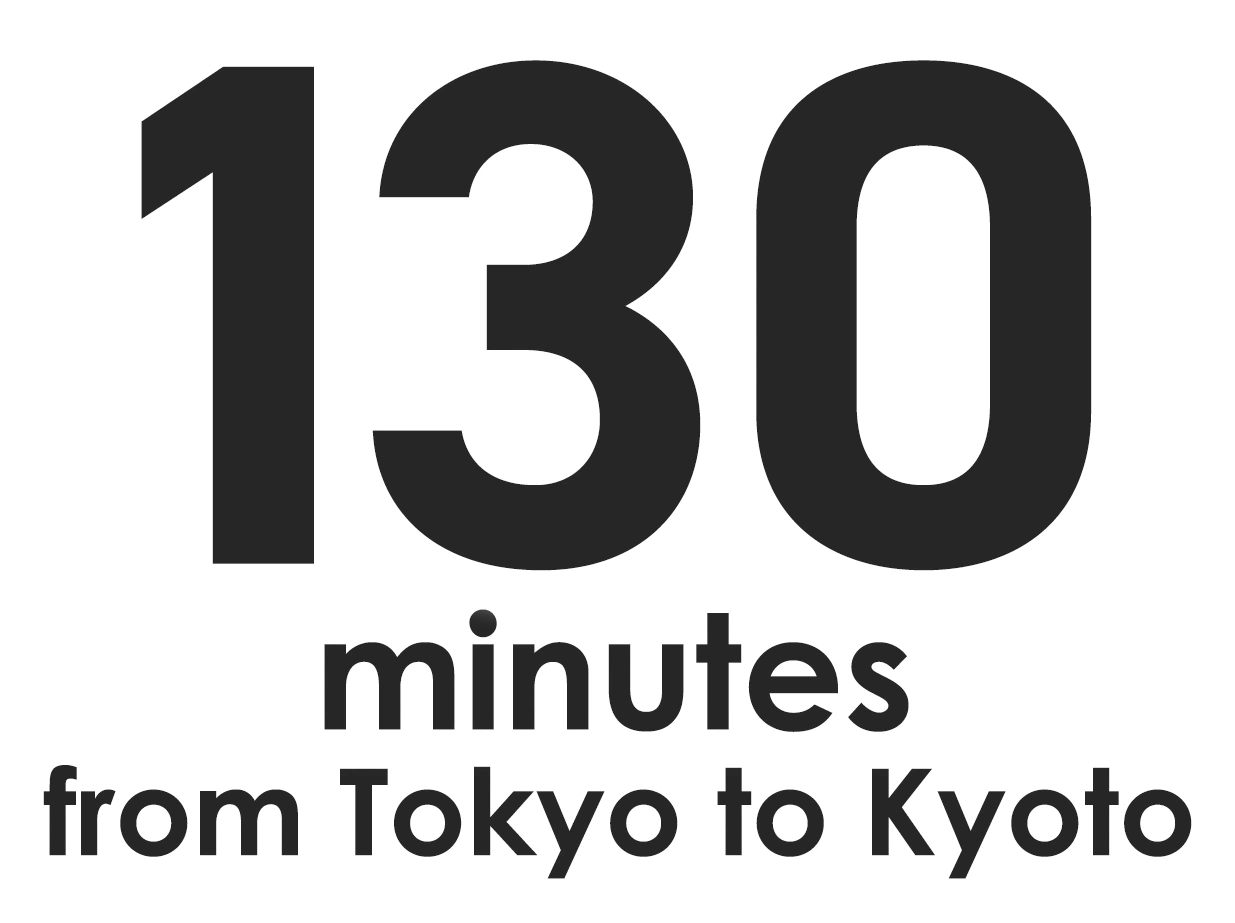
You’ll arrive in Kyoto from Tokyo in about 2 hours, but many customers might say they wish the Shinkansen journey could have been longer!
JR maintains the highest standards of high-speed railways through non-stop innovation and evolution of its trains. When that shinkansen first began service it took four hours to make the 341 mile journey from Tokyo to Osaka, in 2020 that was cut down to just 2 hours and 21 minutes.

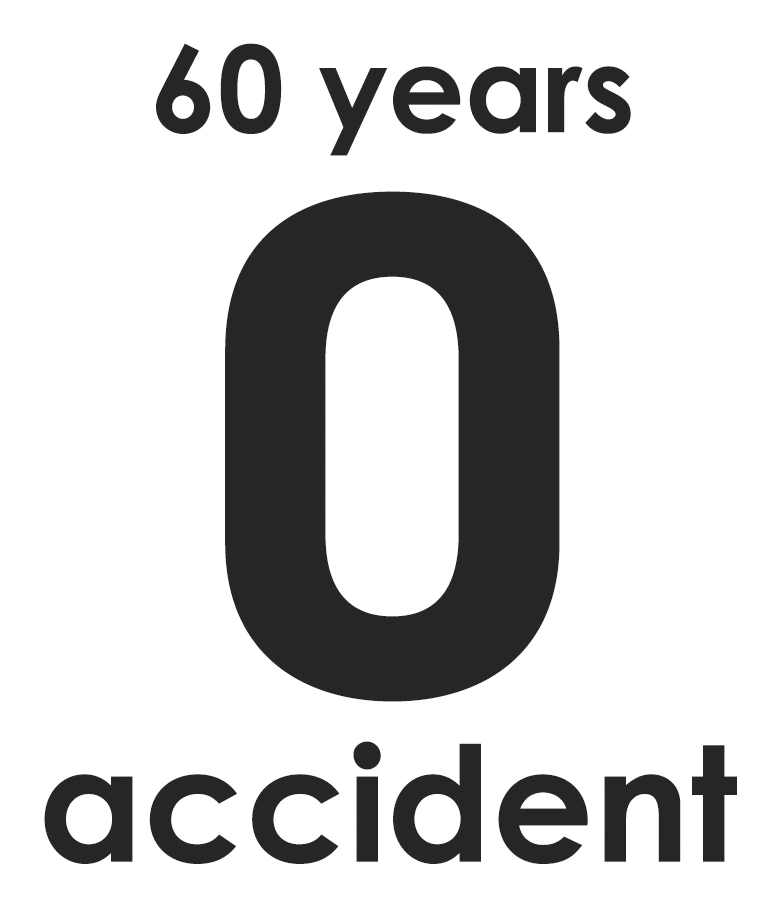
There have been zero accidents resulting in fatalities or injuries to passengers onboard since operations commenced.
It's no exaggeration to say the shinkansen has a perfect safety record. How perfect? Try ZERO accidents, EVER. From automatic speed controls to near constant testing of equipment, the shinkansen gets a lot of personal attention to keep you safe. In fact, the shinkansen doesn't even share tracks with any other trains and there are no road crossings along all of its routes.
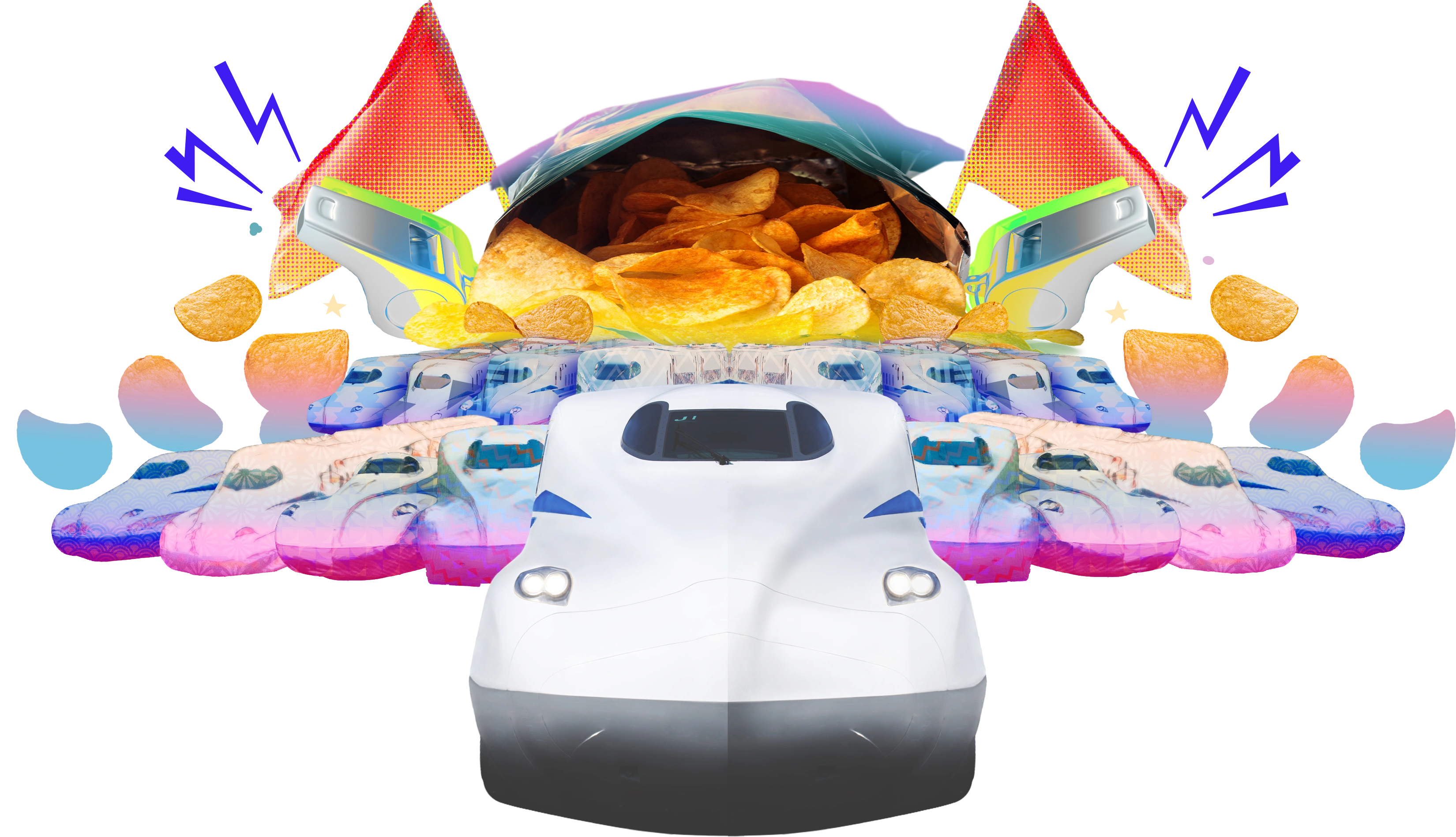
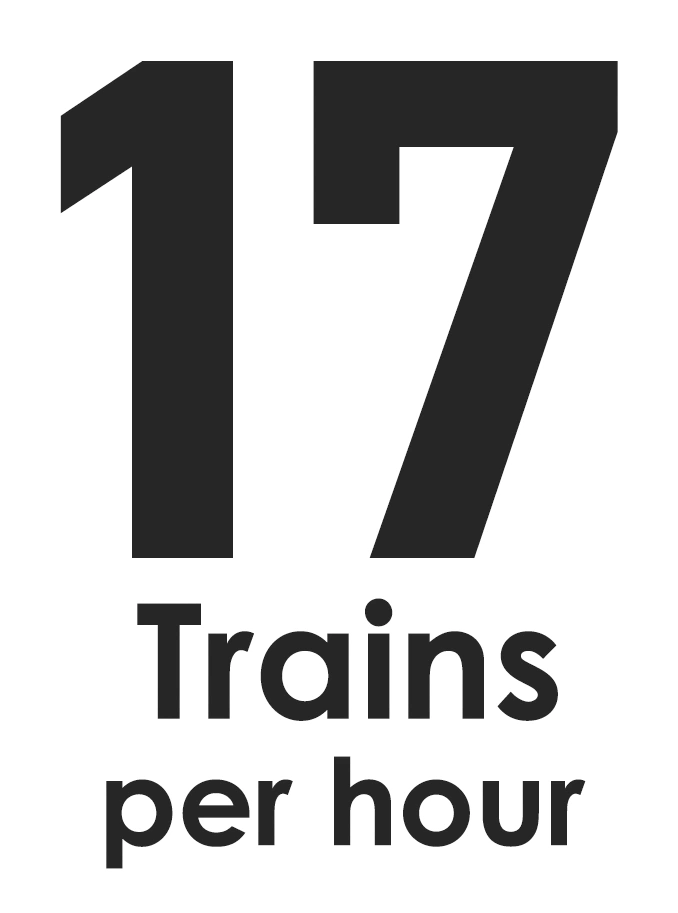
The Shinkansen operates at a frequency of a maximum 17 trains, per hour with a total of 1,319 seats available per train.
The Shinkansen moves a lot of people at a frequency of a maximum 17 trains, per
hour. Every day 378* perfectly choreographed shinkansen trains carrying a
maximum of 1,319 passengers zoom across Japan. That’s nearly half a million
people zipping across Japan. I’m sure there’s a high school math question in
there somewhere…
*FY2019
Maximum 17 trains? How about usual timetable? – Don’t worry!
Timetable Example - 9:00 AM Hour
※as of September 27, 2023
00
03
09
12
18
21
24
27
30
33
39
42
48
51
54
57
 Kodama
Kodama
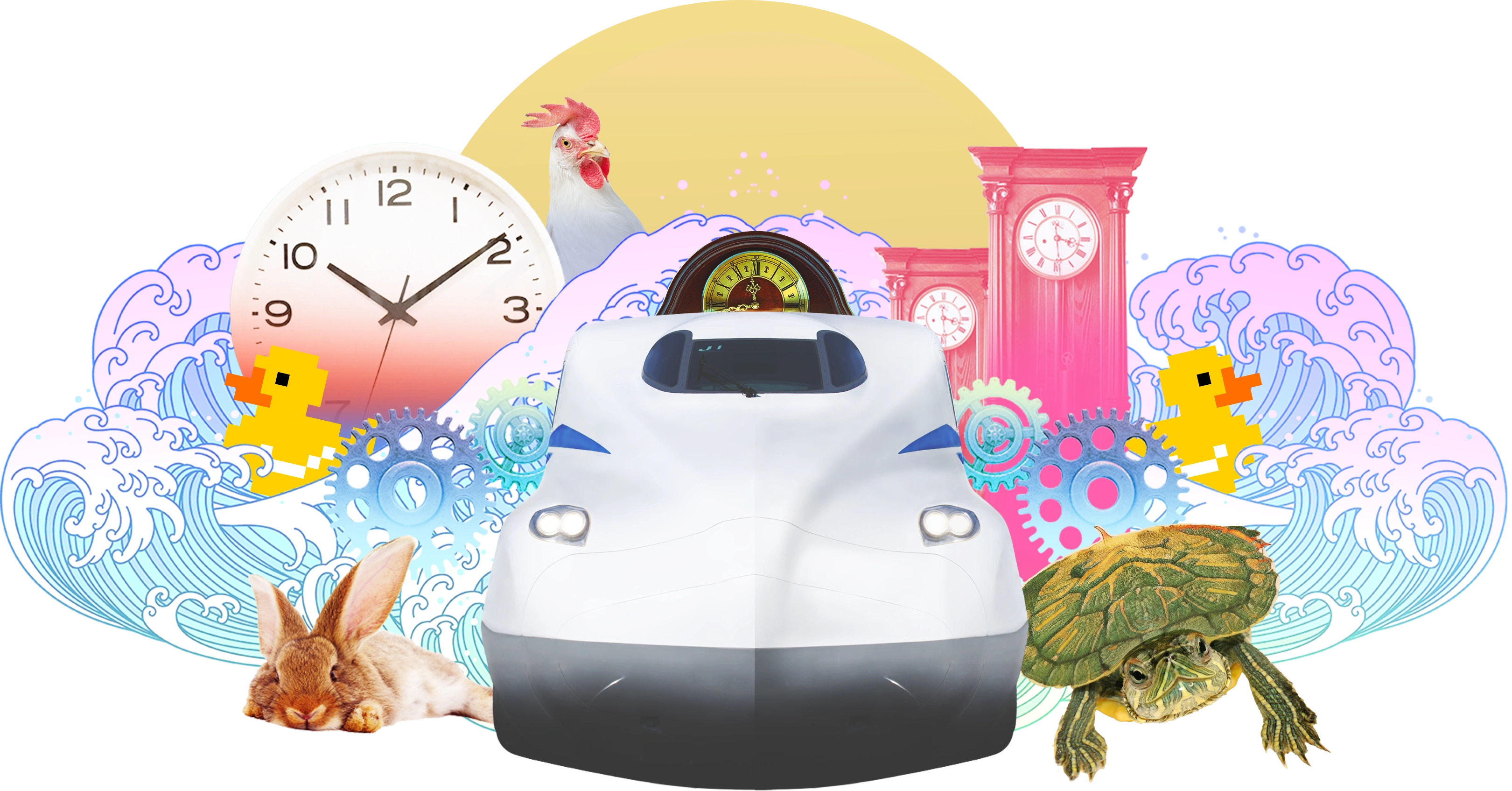

The Shinkansen strictly adheres to schedule. With an annual operation of 130,000 trains, including delays caused by natural disasters, the average delay per train was 12 seconds (as of 2019).
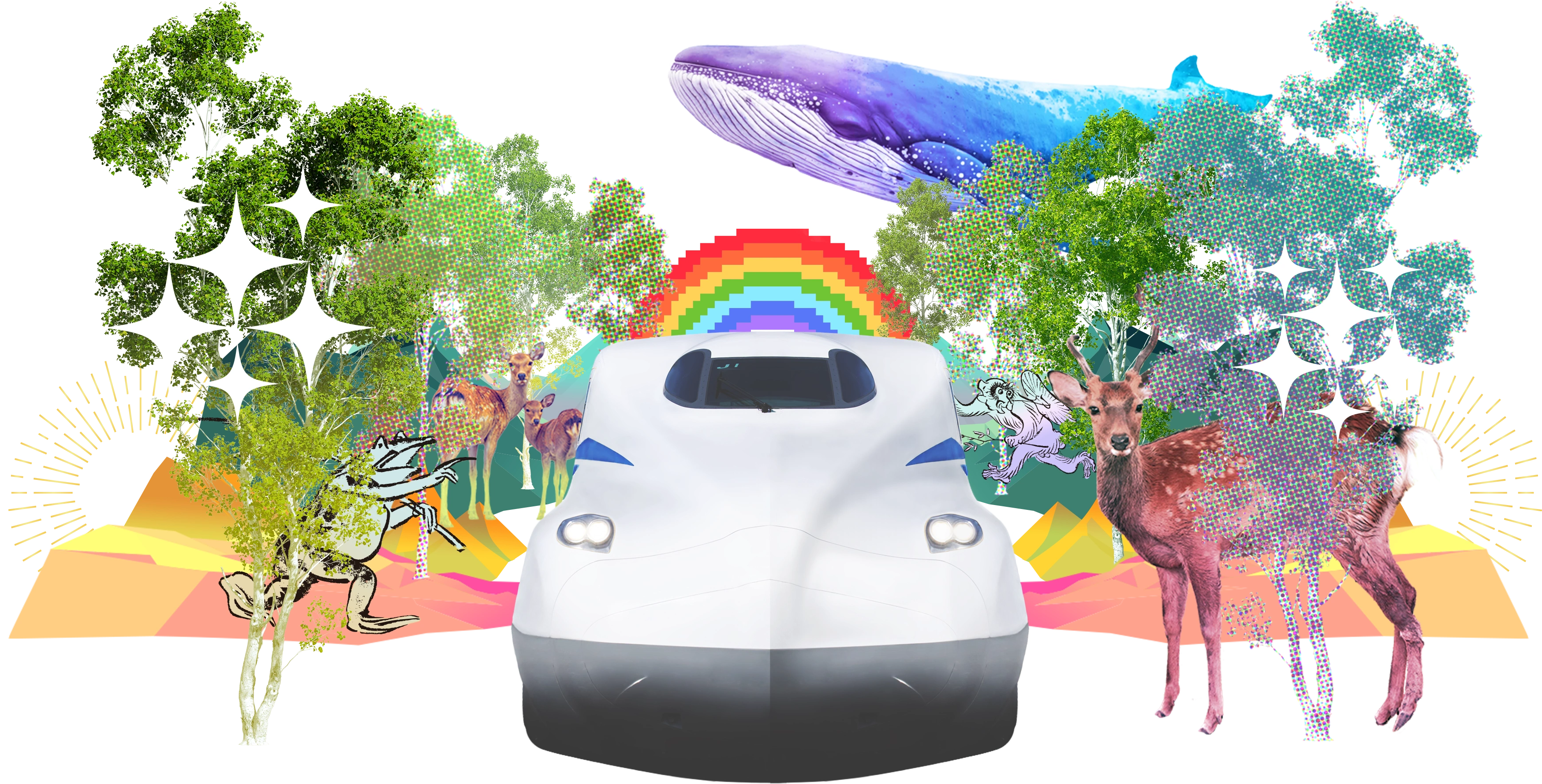
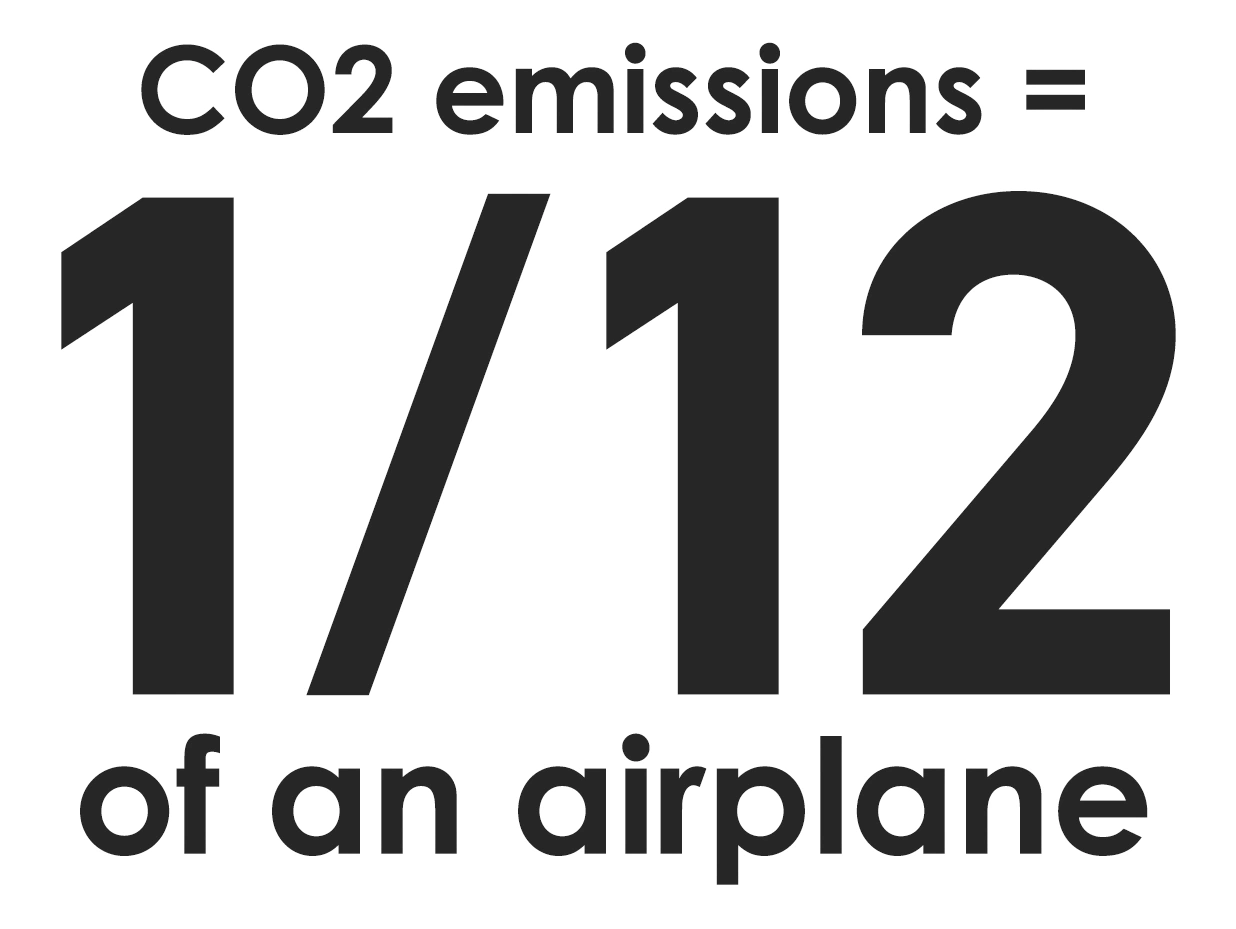
The Shinkansen is eco-friendly. There’s no form of mass and high-speed transportation with a smaller carbon footprint than the Shinkansen. It’s also said that the Shinkansen consumes only 1/8 of the fuel compared to an airplane.
Carries more people, gets there faster, and does so with by far the smallest carbon footprint*. There’s no contest – the Shinkansen is the eco-friendliest, and fastest way to travel between Tokyo and Kyoto.
*Comparison between Tokaido Shinkansen N700 Nozomi and Boeing B777-200, Tokyo to Osaka. Shinkansen consumes approx. 1/8th the amount of energy per seat than the 777-200. Shinkansen discharges approx. 1/12th the CO2 emissions than the 777-200
Check out the mind-blowing
(Main video)
All on mobile!
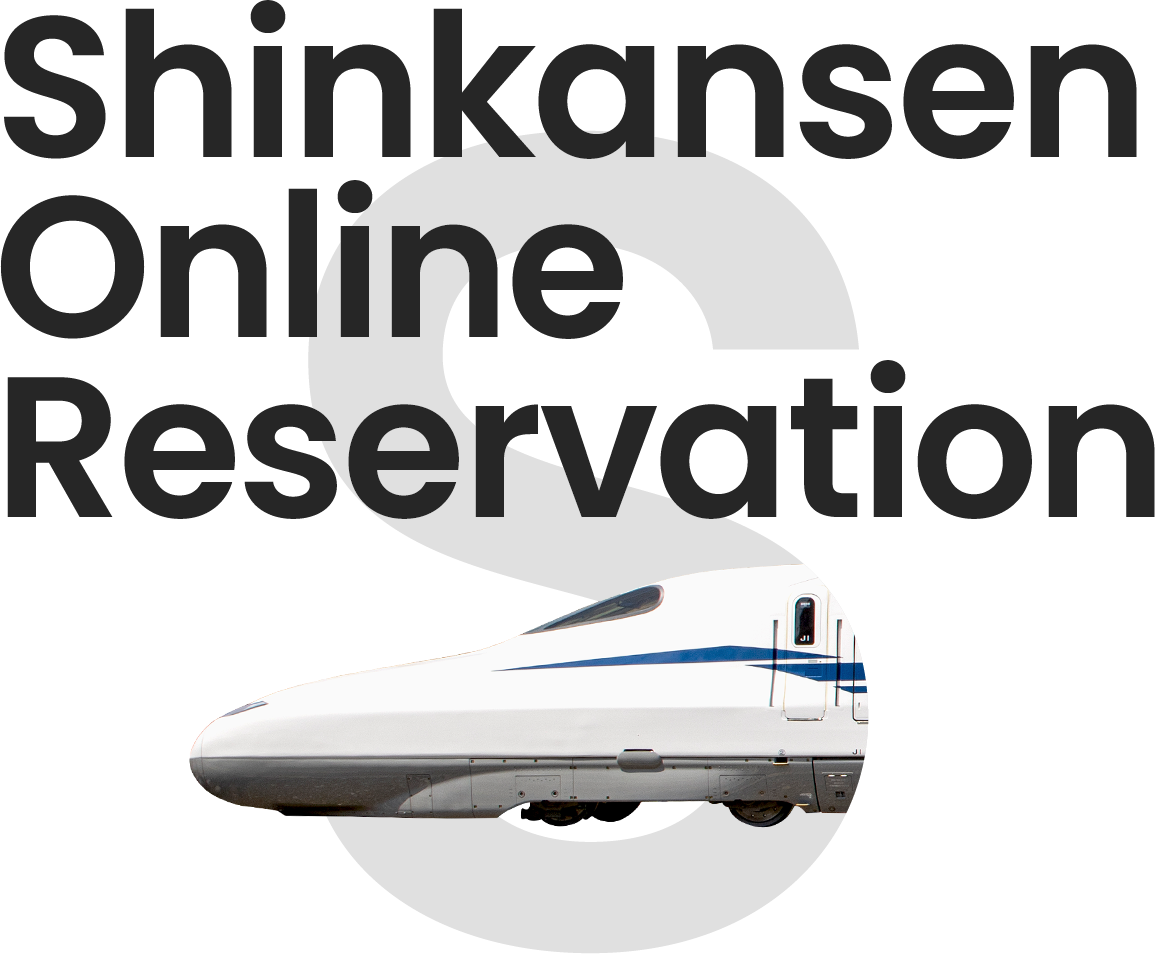
Quick Registration & Easy Booking




The images are for illustrative purposes only and may differ from the actual product.